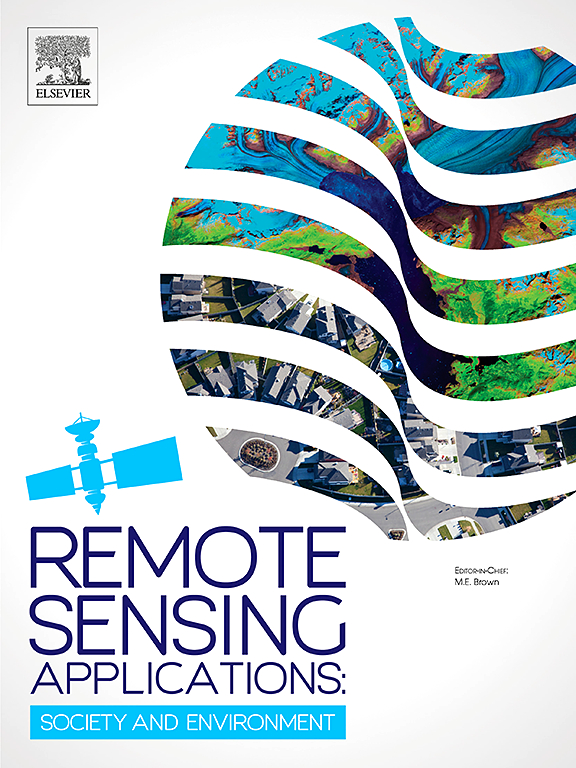Ver ítem
- xmlui.general.dspace_homeCentros Regionales y EEAsCentro Regional Patagonia NorteEEA BarilocheArtículos científicosxmlui.ArtifactBrowser.ItemViewer.trail
- Inicio
- Centros Regionales y EEAs
- Centro Regional Patagonia Norte
- EEA Bariloche
- Artículos científicos
- Ver ítem
Arid and semiarid rangeland responses to non-stationary temporal dynamics of environmental drivers
Resumen
Temporal ecology is a growing research field aimed at understanding how temporal dynamics structure ecological systems in a changing environment. Ecosystems are exposed to accelerating environmental changes —mainly driven by climate change— that challenge their future survival. The main feature of this planetary process is that statistical properties such as mean, variance and
autocorrelation are not constant over time. While this non-stationary climate
[ver mas...]
Temporal ecology is a growing research field aimed at understanding how temporal dynamics structure ecological systems in a changing environment. Ecosystems are exposed to accelerating environmental changes —mainly driven by climate change— that challenge their future survival. The main feature of this planetary process is that statistical properties such as mean, variance and
autocorrelation are not constant over time. While this non-stationary climate change characteristic is well known, our premise is that far too much attention is given to ecosystems stationary responses, where annual cycles and seasonal changes of vegetation productivity are the main indicators for addressing environmental changes and planning rangeland management. Hence,
shifts in other relevant intra-annual and inter-annual cycles are overlooked. We emphasize that a rigorous and systematic tool aimed at addressing these kinds of temporal changes in vegetation dynamics is lacking. We proposed an operative framework aimed at tackling the ability of rangelands to develop non-stationary responses in short periods, in the face of non-stationary changes in the dynamics of external factors driving its temporal functioning. In particular, we measured non-stationary dynamics of rangeland productivity by means of shifts in the hierarchy of frequency domain components over time of different rangelands’ photosynthetic activity from
North-West Patagonia, Argentina, as measured by the Normalized Difference Vegetation Index (NDVI). We emphasize the importance of a relevant temporal dimension of ecosystems with new insights into both the understanding of environmental changes impact on terrestrial ecosystems and the implementation of rangelands adaptive management.
[Cerrar]

Fuente
Remote Sensing Applications: Society and Environment 27 : Art. 100796 ((Agosto 2022))
Fecha
2022-08
Editorial
Elsevier
ISSN
2352-9385
Documentos Relacionados
Formato
pdf
Tipo de documento
artículo
Proyectos
(ver más)
INTA/2019-PE-E1-I504-001/2019-PE-E1-I504-001/AR./Tecnologías para el incremento forrajero y la valorización de servicios ecosistémicos en pastizales naturales con uso ganadero
Palabras Claves
Derechos de acceso
Restringido
 Excepto donde se diga explicitamente, este item se publica bajo la siguiente descripción: Creative Commons Attribution-NonCommercial-ShareAlike 2.5 Unported (CC BY-NC-SA 2.5)
Excepto donde se diga explicitamente, este item se publica bajo la siguiente descripción: Creative Commons Attribution-NonCommercial-ShareAlike 2.5 Unported (CC BY-NC-SA 2.5)

